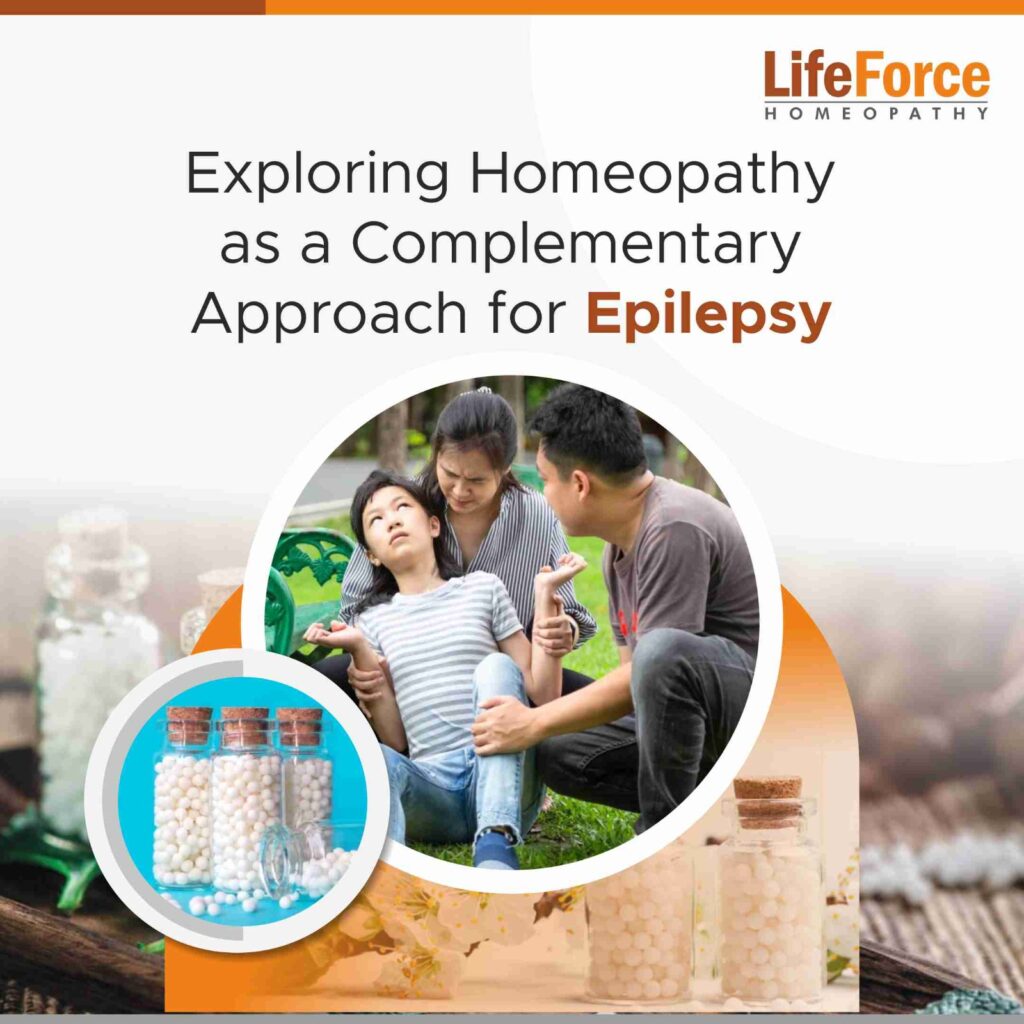Seborrheic Dermatitis, or also known as Seborrhea, is a chronic inflammatory skin condition characterized by the formation of scaling and erythematous patches of the skin. It may be accompanied by severe itching (pruritus), and it affects sebum-rich areas, such as scalp, brows, ears, mid-chest, back, and face. Seborrheic Dermatitis affects men, women, and children of all age-groups. A patient can get near to perfect relief from this condition on undergoing medication, but, in some cases, the disease may recur also.
Causes for Seborrheic Dermatitis:
As such, there is no clear indication of what causes seborrheic dermatitis, however, it is generally observed that Seborrhea occurs in the skin areas that have many sebaceous glands. Studies have found that Lipophilic yeasts of the Malassezia genus along with general health factors, environmental factors, and genetic traits can contribute to the development of the disease stage. It is also observed that Seborrhea cases are more in the people during the post-puberty phase, persons with central nervous disorders like Parkinson’s disease, truncal paralysis, etc. A lack of basic hygiene can also result in people developing Seborrhea.
We treat patients from the USA, UK, Canada, Australia, UAE & 180 more countries. Get an expert opinion on your ailment, click here to ask Dr. Shah’s team directly.
Symptoms and Signs of Seborrheic Dermatitis:
Seborrheic Dermatitis is noticed in areas of the skin where sebaceous glands appear in high frequency such as hairy areas of the head, such as scalp, eyebrows, eyelashes, beard, and mustache. Other commonly affected areas are nasolabial folds, external ear canals, presternal area, groin, body folds, inframammary area. and anogenital area.
The most common symptoms of seborrheic dermatitis in the patients complaining about Seborrheic Dermatitis are
- The formation of dandruff (powdery white scale on the scalp) followed by an itching sensation.
- The greasy scale on the scalp.
- The burning sensation with skin turning reddish.
- A loss of hair from the affected areas.
Diagnosis of Seborrheic Dermatitis:
Physical examination by an experienced medical practitioner is the best way to identify Seborrhea. Some of the disease conditions can easily get misinterpreted with other skin-related problems, such as Psoriasis or Rosacea. So, consult a medical practitioner or doctor to diagnose your skin condition.
8 Homeopathic Remedies for Seborrheic Dermatitis
Homeopathic Remedies have always shown great results in treating the patients suffering from Seborrheic Dermatitis. The medicines usually help in curbing the inflammatory condition of the skin and improve the self-immunization capability. The list of the homeopathic remedies for seborrheic dermatitis recommended is given below.
- Thuja Occidentalis: When the symptoms primarily include the formation of white flakes on the scalp, Thuja Occidentalis can be prescribed. Hair fall may also accompany in severe cases.
- Graphites Naturalis: Graphites Naturalis has shown excellent results where scale formation on the scalp is accompanied by intense itching. The scales can appear behind the ears and eyelids also.
- Natrum Muriaticum: An effective remedy for the skin conditions, such as greasy or oily scalp with reddish texture and occasional burning sensation, can be well-treated with the dosage of Natrum Muriaticum.
- Kali Sulphuricum: Seborrheic Dermatitis cases related to the skin condition, such as yellow flakes on the scalp accompanied by the itching, can be best treated with a dosage of Kali Sulphuricum. The scales may become sticky along with the development of the moist scalp.
- Phosphorus: When excessive hair fall or hair loss is noticed in groups or bunches post flakiness of the scalp, phosphorus can be recommended as a remedy. The burning sensation of the scalp post hair fall will also be common in such cases.
- Arsenic Album: Arsenic Album is also another homeopathic remedy generally prescribed for Seborrheic Dermatitis wherein white scales are formed on the scalp accompanied by severe itching.
- Sanicula Aqua: When excessive scale formation is noticed on the eyebrows, eyelashes, and scalp area, the prescription of Sanicula Aqua can help in overcoming the frequent recurrence of these symptoms.
- Calcarea Sulph: Calcarea Sulph is found to give an excellent relief when pus formation is noticed on the scalp or infected area after profound itching.
Along with recommended medications, the patients should be encouraged to maintain good personal hygiene. Regular cleansing of the affected areas can help in maintaining the skin in a healthy condition and pervert the dryness of the skin.




